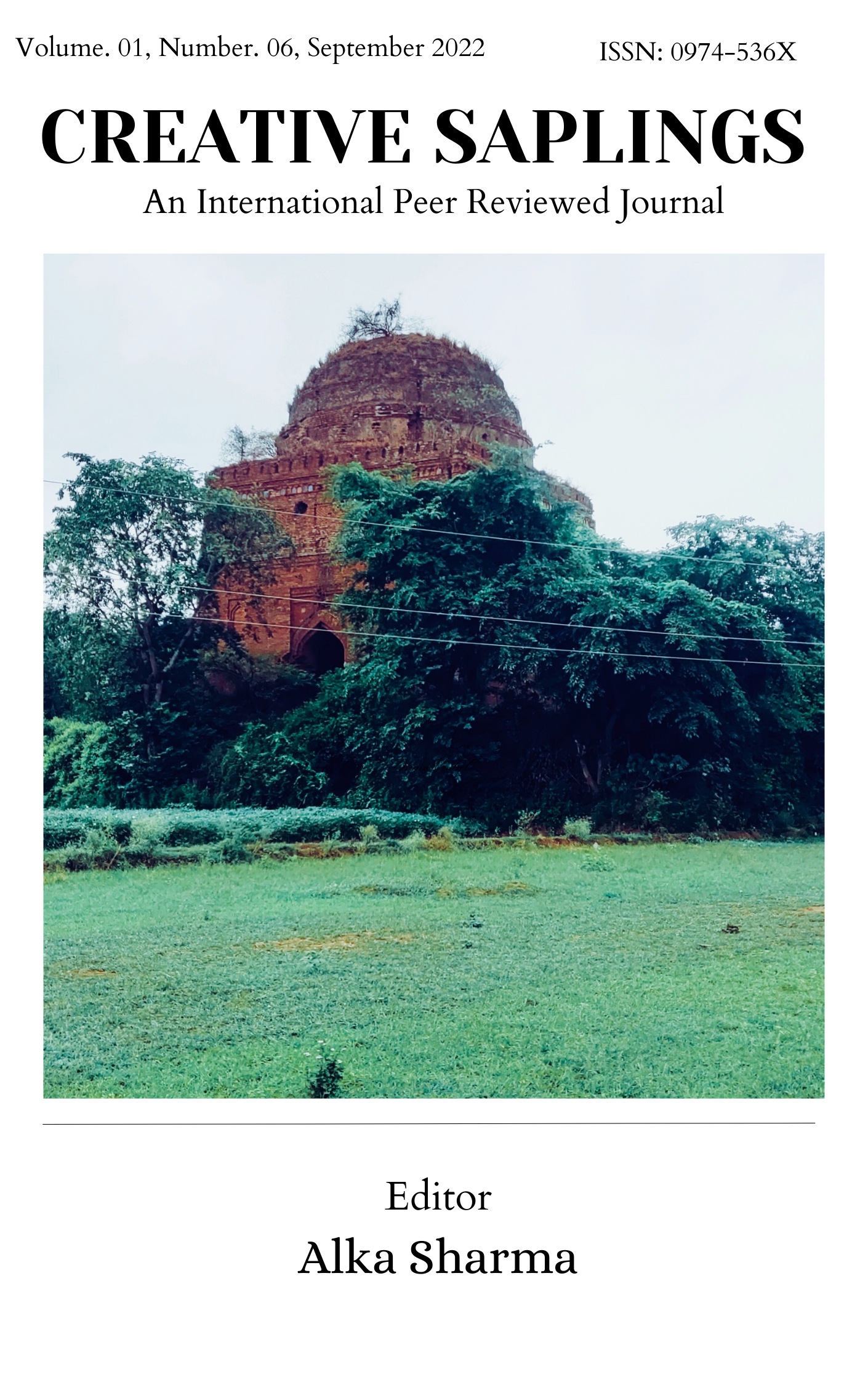The Construction, Deconstruction and Reconstruction of Marital Relationship in Shashi Deshpande’s That Long Silence
DOI:
https://doi.org/10.56062/gtrs.2022.1.6.4Keywords:
Marriage, Matrix, Relationships, Culture-bound, RolesAbstract
Over the years, Indian English Fiction has entered a new phase of an incomparable portrayal of the New Indian woman who is not always happy with the constraining cultural, natural, and sexual duties allocated to her by patriarchal India's unconscious dawn. In her parental house, the woman may be a daughter or sister, and in her husband's family, she can be a wife and mother. She will also be required to perform a professional role. Above all, Nature gave her a sex-based position in which she is naturally limited. Divided between her natural and cultural roles, a woman can be only a daughter, sister, wife, or mother but never her real ‘she’. She wants the freedom to think and live for herself as a human being and liberation from her womanhood. She sometimes escapes her culture-bound duties since there is no way out of her nature-bound responsibilities, particularly her function as a procreator and sexual partner.
Downloads
References
Works Cited:
Bhatt, Indira. “That Long Silence: A Study.” Indian Women Novelists. Ed. R. K.
Dhawan. Delhi: Prestige, 1991.
Daiya, Krishna. “Shashi Deshpande’s Roots and Shadows: A Critical Study.” Indian
Women Novelists in English. Ed. Jaideep Sinh Dodiya. Delhi: Sarup & Sons, 2006.
Deshpande, Shashi. That Long Silence. Delhi: Penguin, 1993.
Jain, Jasbir. Ed. Creative Theory: Writers on Writing. Delhi: Pencraft, 2000.
Sharma, R. K. “That Long Silence: Long Night’s Journey into Day.” The Fiction of
Shashi Deshpande. Ed. R. S. Pathak. Delhi: Creative, 1998.
Downloads
Published
Issue
Section
License
Copyright (c) 2022 Alka Rani Purwar

This work is licensed under a Creative Commons Attribution-NonCommercial 4.0 International License.





